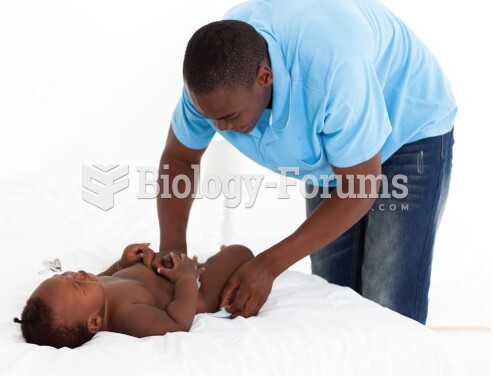Answer to Question 1
Answer: 4
Explanation: 4. An organization that is culturally competent displays acceptance and respect for other cultures. Its mission and policies support services for diverse populations and adherence to this is monitored. Treating all patients in the same manner is closer to cultural blindness. Conscious adaptation of care to the cultural context and awareness of personal perspectives are characteristics of individual cultural competence.
Answer to Question 2
Answer: 1, 4, 5
Explanation: 1. The patient is utilizing complementary alternative therapy (CAT) with the combination of Western and Chinese medicine. The World Health Organization (WHO) has identified safety, efficacy, and quality as a consideration for CAT. CAT should put no additional stress on the patient, nor should the Chinese herbal preparations used have any adverse interaction with any prescribed medication. While the USDA has some regulatory control with herbal preparations, it cannot set standards for their usage, because herbal preparations are considered supplements and not medication. Nationwide certification in Chinese medicine is not required for the practice of Chinese medicine.
4. The patient is utilizing complementary alternative therapy (CAT) with the combination of Western and Chinese medicine. The World Health Organization (WHO) has identified safety, efficacy, and quality as a consideration for CAT. CAT should put no additional stress on the patient, nor should the Chinese herbal preparations used have any adverse interaction with any prescribed medication. While the USDA has some regulatory control with herbal preparations, it cannot set standards for their usage, because herbal preparations are considered supplements and not medication. Nationwide certification in Chinese medicine is not required for the practice of Chinese medicine.
5. The patient is utilizing complementary alternative therapy (CAT) with the combination of Western and Chinese medicine. The World Health Organization (WHO) has identified safety, efficacy, and quality as a consideration for CAT. CAT should put no additional stress on the patient, nor should the Chinese herbal preparations used have any adverse interaction with any prescribed medication. While the USDA has some regulatory control with herbal preparations, it cannot set standards for their usage, because herbal preparations are considered supplements and not medication. Nationwide certification in Chinese medicine is not required for the practice of Chinese medicine.







